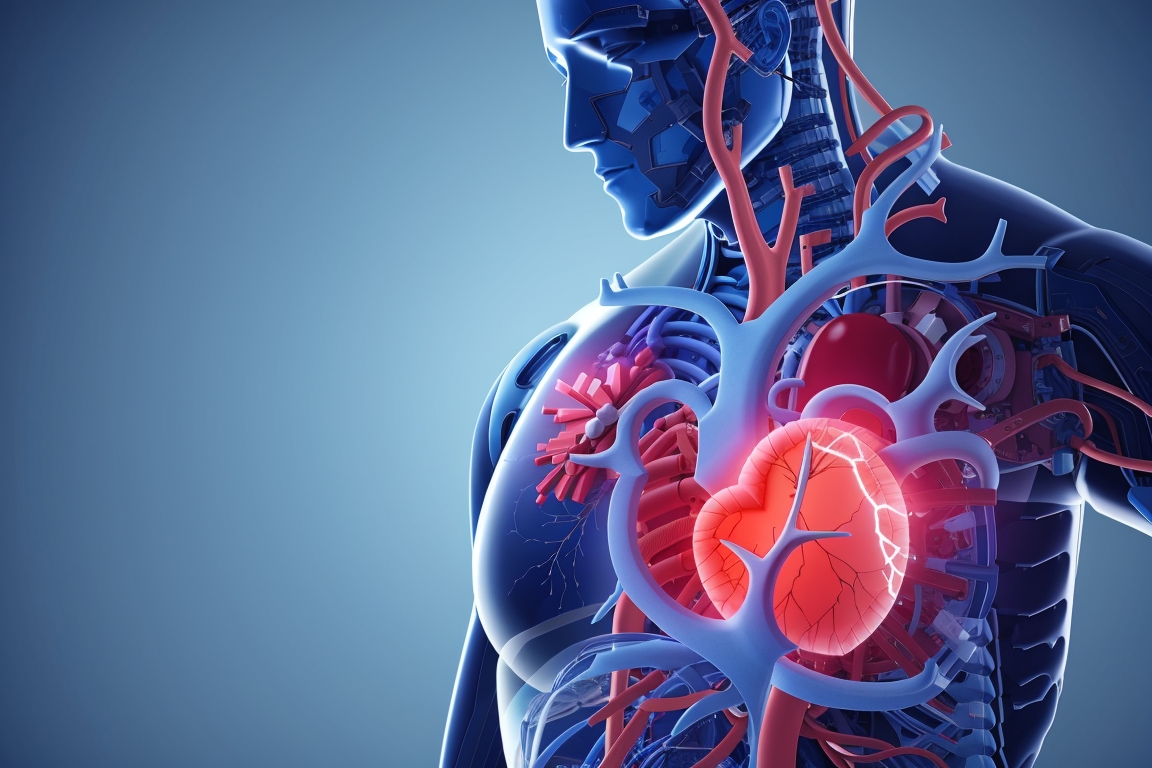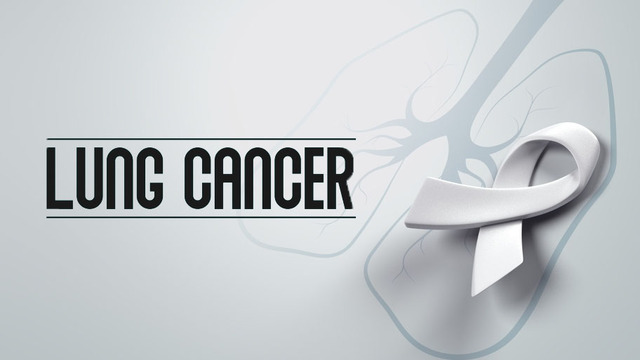Understanding Chronic Venous Insufficiency (CVI): Causes, Symptoms, and Treatment

Imagine your veins working like one-way streets, moving blood back to your heart. Now imagine the valves in those veins weakening or failing, causing blood to flow backward and pool in your legs. That’s what happens in Chronic Venous Insufficiency (CVI) — a common but often overlooked circulatory condition that affects millions of people, especially as they age.
Let’s break down what CVI is, why it happens, and how it can be treated or managed.
What Is Chronic Venous Insufficiency (CVI)?
Chronic Venous Insufficiency is a long-term condition in which the veins in the legs struggle to send blood back to the heart efficiently. Instead of moving upward, blood starts to collect or “pool” in the veins, causing pressure, swelling, and discomfort.
While occasional tired legs or swelling may seem harmless, untreated CVI can lead to more serious complications like varicose veins, skin changes, and even venous ulcers.
What Causes CVI?
The main cause of CVI is damaged or weakened vein valves. These valves normally keep blood flowing in one direction—toward the heart. When they become faulty, blood leaks backward (a process called venous reflux), especially when you’re standing or sitting for long periods.
Risk factors include:
- A history of deep vein thrombosis (DVT)
- Varicose veins
- Obesity
- Pregnancy
- Prolonged standing or sitting
- Age (over 50)
- Family history of vein problems
- Lack of physical activity
Symptoms to Watch For
CVI symptoms can range from mild to severe. Common signs include:
- Swelling in the lower legs or ankles (especially after long periods of standing)
- Aching, throbbing, or a heavy feeling in the legs
- Varicose veins (twisted, enlarged veins)
- Itchy or flaky skin on the legs
- Discoloration (typically brownish) on the lower leg
- Cramping or restlessness at night
- Open sores or ulcers near the ankles (in advanced stages)
Diagnosis: How CVI Is Detected
If CVI is suspected, a physician will typically perform:
- Physical examination
- Duplex ultrasound: A non-invasive imaging test that checks the blood flow and looks for valve problems or blood clots.
- Medical history review
Early diagnosis is crucial to prevent complications.
Treatment Options for CVI
Thankfully, CVI is manageable, especially when detected early. Treatment focuses on improving blood flow and relieving symptoms.
Non-Surgical Treatments:
- Compression stockings: Help veins push blood upward.
- Lifestyle changes: Weight loss, regular walking, and leg elevation.
- Medications: To reduce swelling and improve vein function.
Minimally Invasive Procedures:
- Sclerotherapy: Injection of a solution to close off small varicose veins.
- Endovenous laser treatment (EVLT) or radiofrequency ablation (RFA): Use of heat to seal off problematic veins.
- Vein stripping (less common today): Surgical removal of damaged veins.
Your healthcare provider will choose a treatment based on the severity of your symptoms and your overall health.
Prevention and Lifestyle Tips
While not all cases of CVI can be prevented, certain habits can significantly reduce your risk:
- Stay physically active — even short walks help.
- Avoid prolonged sitting or standing.
- Elevate your legs when resting.
- Maintain a healthy weight.
- Wear compression stockings if recommended.
Why It Matters
CVI is not just about cosmetic concerns like varicose veins. It’s a progressive disease that can greatly impact your quality of life if left untreated. Awareness, early detection, and proactive management are key.
If you experience any symptoms mentioned above, don’t brush them off. Speak with your healthcare provider — your legs (and your future self) will thank you.
Disclaimer: This article is for informational purposes only and should not replace professional medical advice. Always consult with a healthcare provider for proper diagnosis and treatment.



